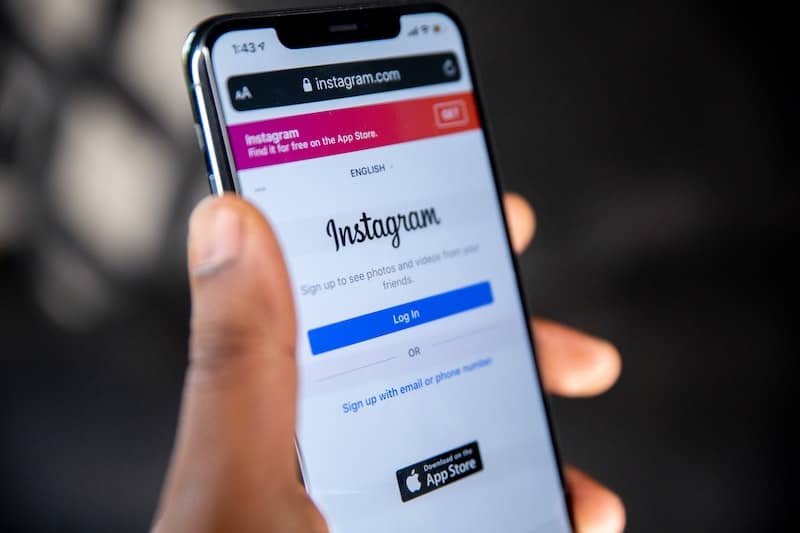Brief History of Instagram
Despite its ubiquity today, Instagram didn’t start out as the addictive photo-sharing mobile app that users around the world still can’t seem to get enough of. Instead, San Francisco-based founder Kevin Systrom built a Foursquare-like app that he named after his favorite drink: Burbn.
Unfortunately, according to The Atlantic, the location-enabled check-in app was just too complicated, and after bringing on programmer Mike Krieger to the Burbn team, the two looked at the analytics of their app’s usage. They quickly realized that users gravitated to one feature over all the others: photo sharing.
Doubling down on that photo-sharing capability, thanks in large part to the powerful insights that analytics provided to them, Systrom and Krieger launched Instagram, a portmanteau of “instant camera” and “telegram,” on Oct. 6, 2010. From there, the app quickly picked up venture capital investors as its user base ballooned. Within just two years, Facebook acquired the photo-sharing platform for $1 billion, and just a month after that April 2012 acquisition, the social media juggernaut had gone public.

Throughout the 10 years of its existence, Instagram has rolled out a number of features borrowing from other social media platforms, and just like YouTube, music has often played an instrumental part in leveraging those features in creative ways.
On Aug. 9, 2012, Ellie Goulding became one of the first artists to create a music video entirely out of the Instagram posts of her fans. For the song “Anything Could Happen,” Goulding’s team stitched 1.2K filtered Instagram photos together, each of which represented a particular word or lyric from the song.
During the next three years, Instagram added video, direct messaging, advertising, and story capabilities, expanding the opportunities for artists to promote their music. By 2018, the company had added a Spotify integration, which allowed users to share what they were listening to on their stories.
Next to parent company Facebook, Instagram has the most active users around the world, at least in terms of true social media usage. And while TikTok is closing fast, for now, Instagram arguably still holds the title for music’s most important social platform.
